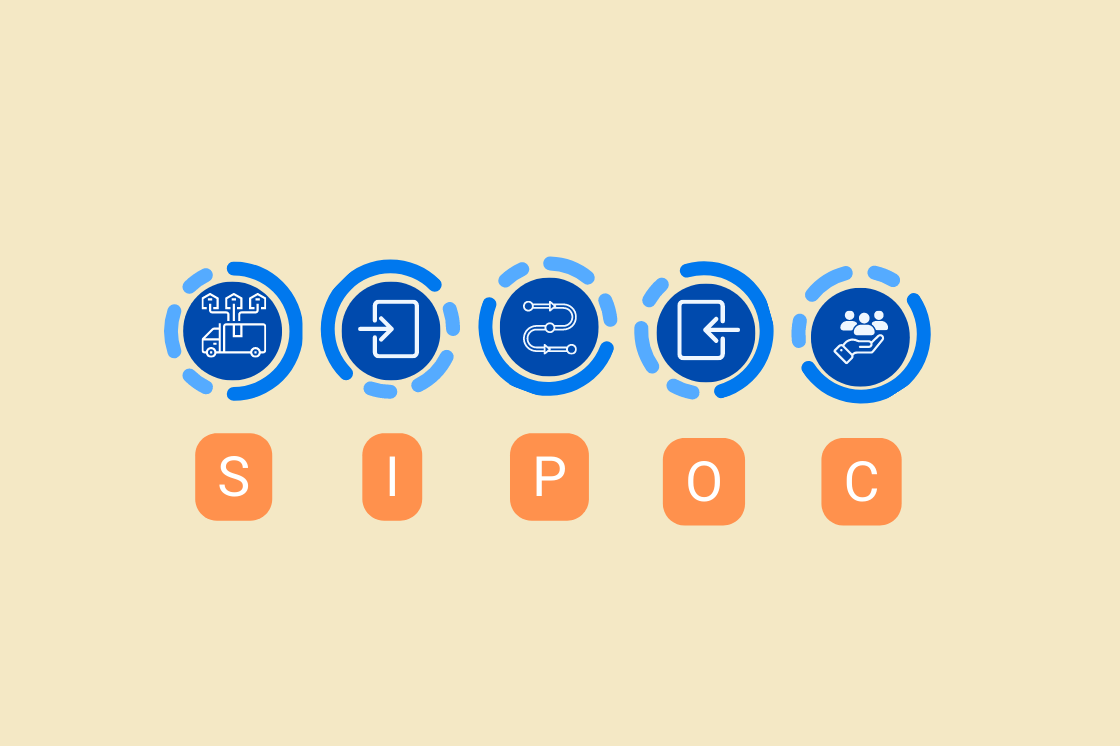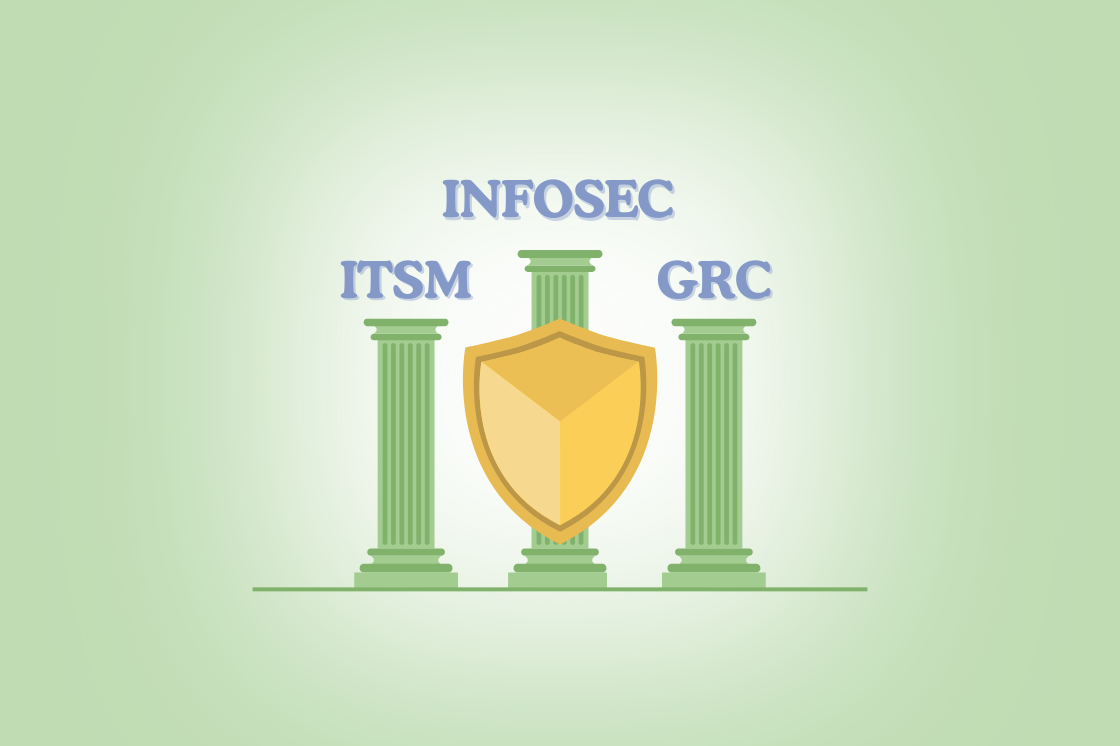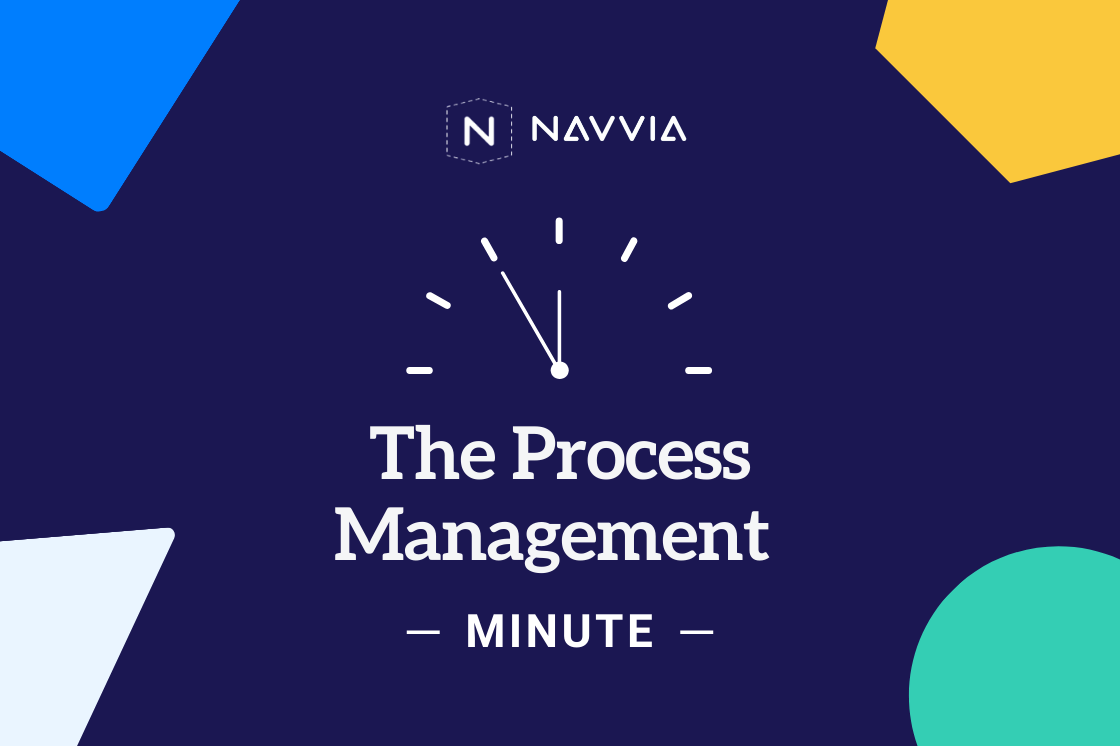What Is SSO and How It Supports Your NIST Cybersecurity Goals
Single Sign-On (SSO) is a technology that allows you to log in once and access multiple applications or systems without the need to remember numerous passwords. It simplifies the login process by providing a single, unified authentication method.
SSO not only makes life easier for users but also enhances security by minimizing the number of passwords and reducing the chances of weak ones. This technology alleviates password fatigue and encourages the creation of stronger passwords.
Importantly, SSO aids organizations in achieving NIST Cybersecurity Framework (CSF) goals, particularly in managing identities and controlling access to sensitive data.
By utilizing SSO, organizations can bolster security, maintain compliance with standards, and offer fast yet secure system access. In short, SSO is more than just a convenience—it's a strategic tool to meet cybersecurity objectives under the NIST framework.
What is the NIST CSF
Organizations often rely on frameworks like the NIST CSF to guide their cybersecurity efforts. The NIST CSF offers clear outcomes to help organizations manage their security across six functions:
- Identify the assets you need to protect
- Protect those assets
- Detect cyber threats
- Respond to cyber threats
- Recover from cyber threats
- Govern your organizations security
For more details check out The Fundamentals of NIST CSF 2.0: What it is and Why Its Important.
SSO plays a crucial role in managing access to organizational data and systems, directly supporting the Identity Management, Authentication, and Access Control (PR.AA) category of the Protect function within the NIST CSF. The PR.AA category describes five key outcomes:
- Managing identities and credentials for users, services, and hardware (PR.AA-01).
- Verifying and linking identities to credentials based on interaction context (PR.AA-02).
- Implementing authentication processes for users, services, and hardware (PR.AA-03).
- Securing, transmitting, and validating identity assertions (PR.AA-04).
- Defining, managing, enforcing, reviewing access permissions, and incorporating least privilege and separation of duties principles (PR.AA-05).
Implementing SSO supports these identity and access management outcomes by streamlining and securing user authentication processes.
SSO simplifies identity management by allowing users a single login for multiple services, aligning with the efficient management of identities for users, services, and hardware.
SSO systems also involve thorough identity proofing during initial setup, ensuring that identities are accurately linked to credentials based on interaction context. This ensures appropriate access levels for each user.
Moreover, SSO reduces the frequency of required logins, which maintains security without compromising convenience. Authenticated users enjoy seamless access across services, supporting robust authentication practices.
SSO secures identity assertions by protecting and verifying claims during transmission across various services.
Additionally, SSO provides tools for defining and managing access permissions, enforcing policies of least privilege and separation of duties, and facilitating centralized access control and review.
Five benefits of Single Sign-On (SSO)
- Smooth Onboarding and Off-boarding: SSO streamlines the process of bringing new employees into the company by providing quick access to necessary applications with one login. SSO supports off-boarding by making it easier to remove assess to all systems.
- Goodbye Password Fatigue: Reducing the need for multiple usernames and passwords makes life easier and decreases frustration and security risks associated with password fatigue.
- Stronger Passwords: With only one password to create, employees can focus on making it strong and secure, rather than juggling simple passwords for different accounts.
- Better Security Management: IT teams can manage permissions more efficiently, with a comprehensive view of access to enforce security policies and adjust user permissions as necessary.
- Boosted Productivity: With SSO, employees can dive straight into their work without the delay of logging into multiple services every day. This not only saves time but also helps them stay focused and productive.
Combining SSO, MFA and VPN for ultimate security.
By integrating SSO with Multi-Factor Authentication (MFA) and Virtual Private Networks (VPNs), organizations achieve heightened password security.
SSO enables access to all apps with one password, a major convenience. Adding MFA requires an extra verification step, such as a text code or fingerprint scan, ensuring that password theft doesn't equate to system access.
Meanwhile, VPNs secure internet connections, maintaining data privacy and security.
Together, SSO, MFA, and VPNs create a comprehensive approach to safeguarding your online environment.PN all working together to keep your online life safe and sound.
Passwords are one of the weakest links in your overall security posture. Single Sign-On, especially when combined with Multi-Factor Authentication and VPNs, can help you achieve your NIST CSF goals.


